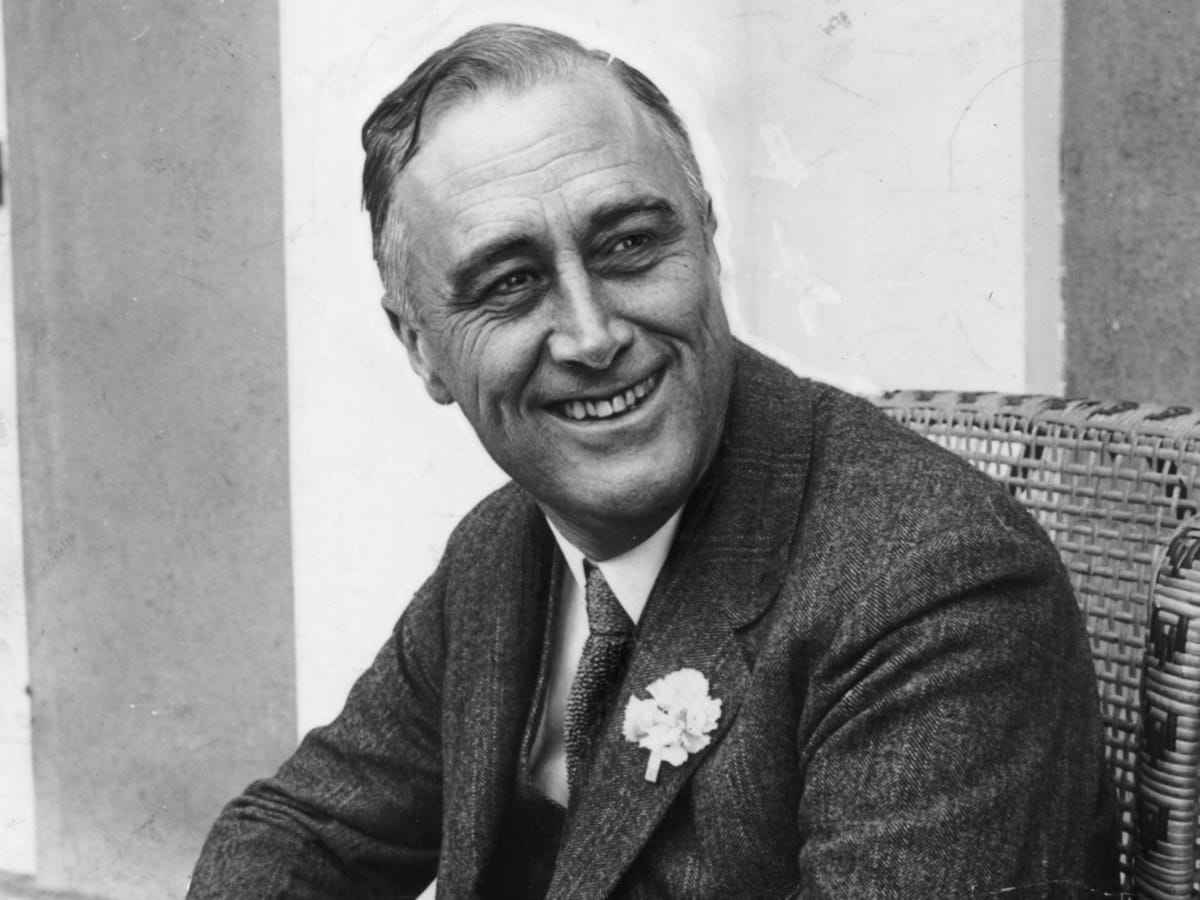
(Hulton)
In 1939, U.S President Franklin Roosevelt approved the establishment of nuclear weapons development, known as the Manhattan Project.
(Fenton)
Leaders of the Manhattan project discussed with Scientific Panel and the Interim Committee and planned the nuclear bombs to be used against Japan as soon as possible. And to be dropped surrounded by adjacent houses and buildings most susceptible to damage and not have prior warning.
(Stimson)

(Department of Energy)
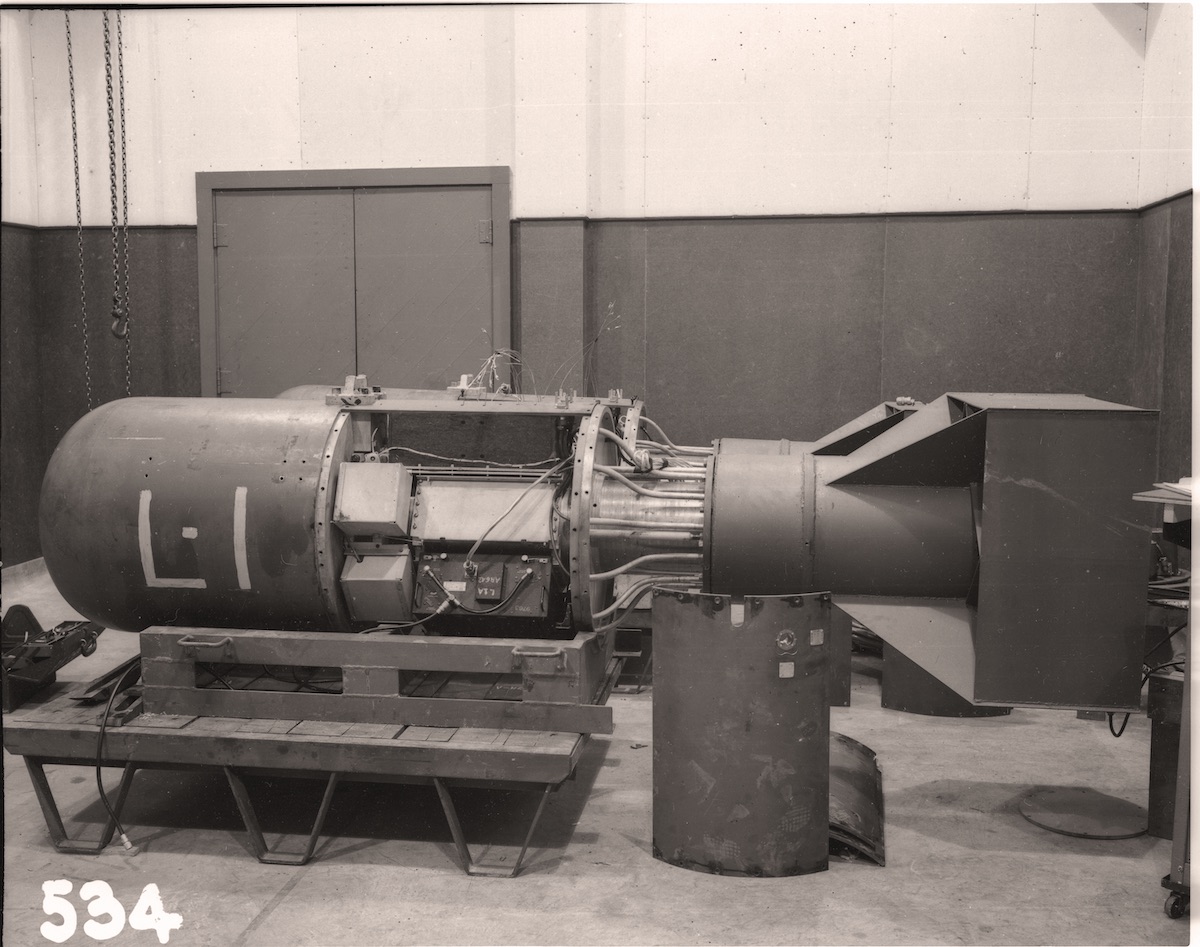
(Los Alamos National Laboratory)
At 8:15 am on August 6th, 1945, the first atomic weapon “Little Boy” was released over a human population above Hiroshima, Japan. (Fenton) “Little Boy” delivered 12.5 kilotons of TNT, expanding over 5 square miles of the city center to ashes.
(The Atomic Bomb That Ended The Second World War)
By the end of 1945, the estimated killed in the bombing in Hiroshima was 140,000 people, and most of the remaining survivors would obtain leukemia, cancer, and other side effects from the radiation.
(Hiroshima and Nagasaki Bombing)
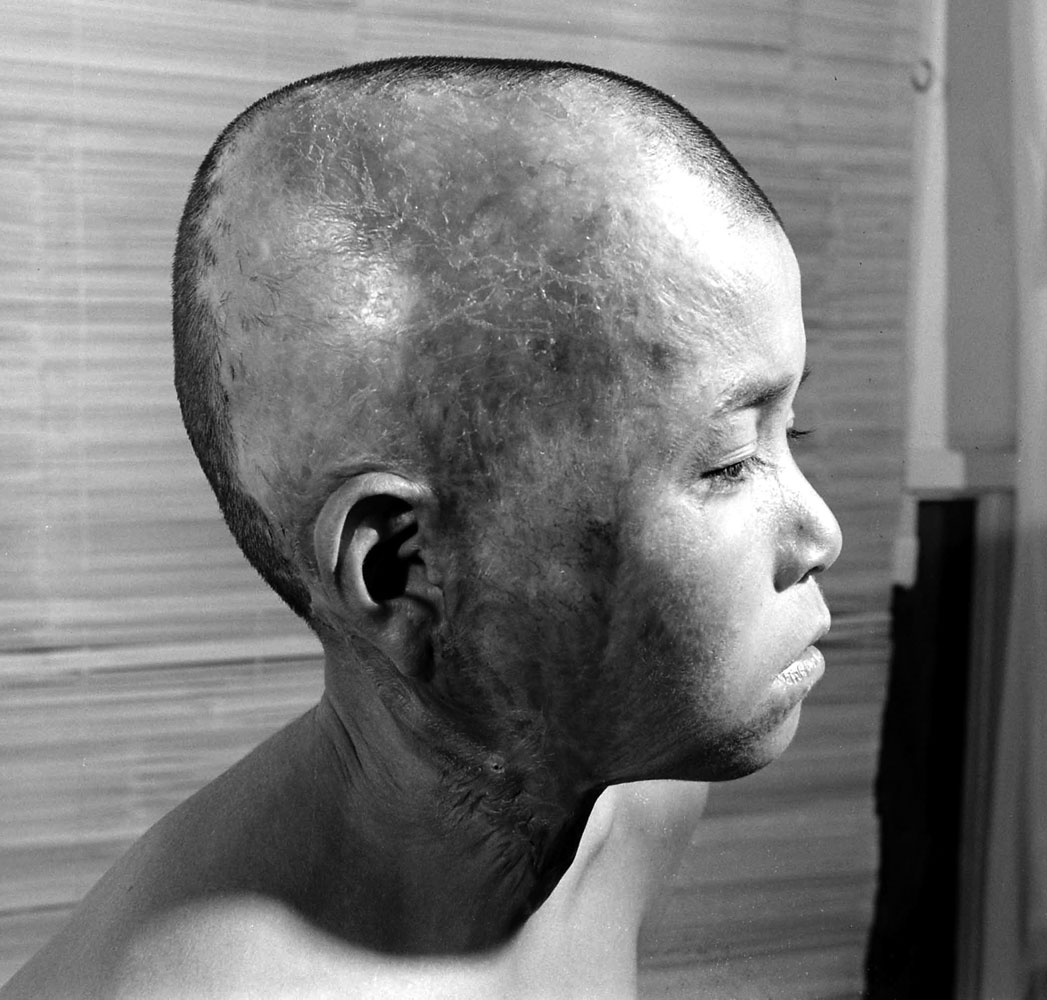
(Mydans)

(National Archives)
Three days later at 11 am, the second weapon was originally planned to be detonated in the city of Kokura where a Japanese army base is located, but was delivered to Nagasaki instead because there were heavy clouds over Kokura.
(Fenton)
The bomb that detonated over Nagasaki was called “Fat Man”. Two square miles of the city were pulverized.
(The Atomic Bomb That Ended The Second World War)
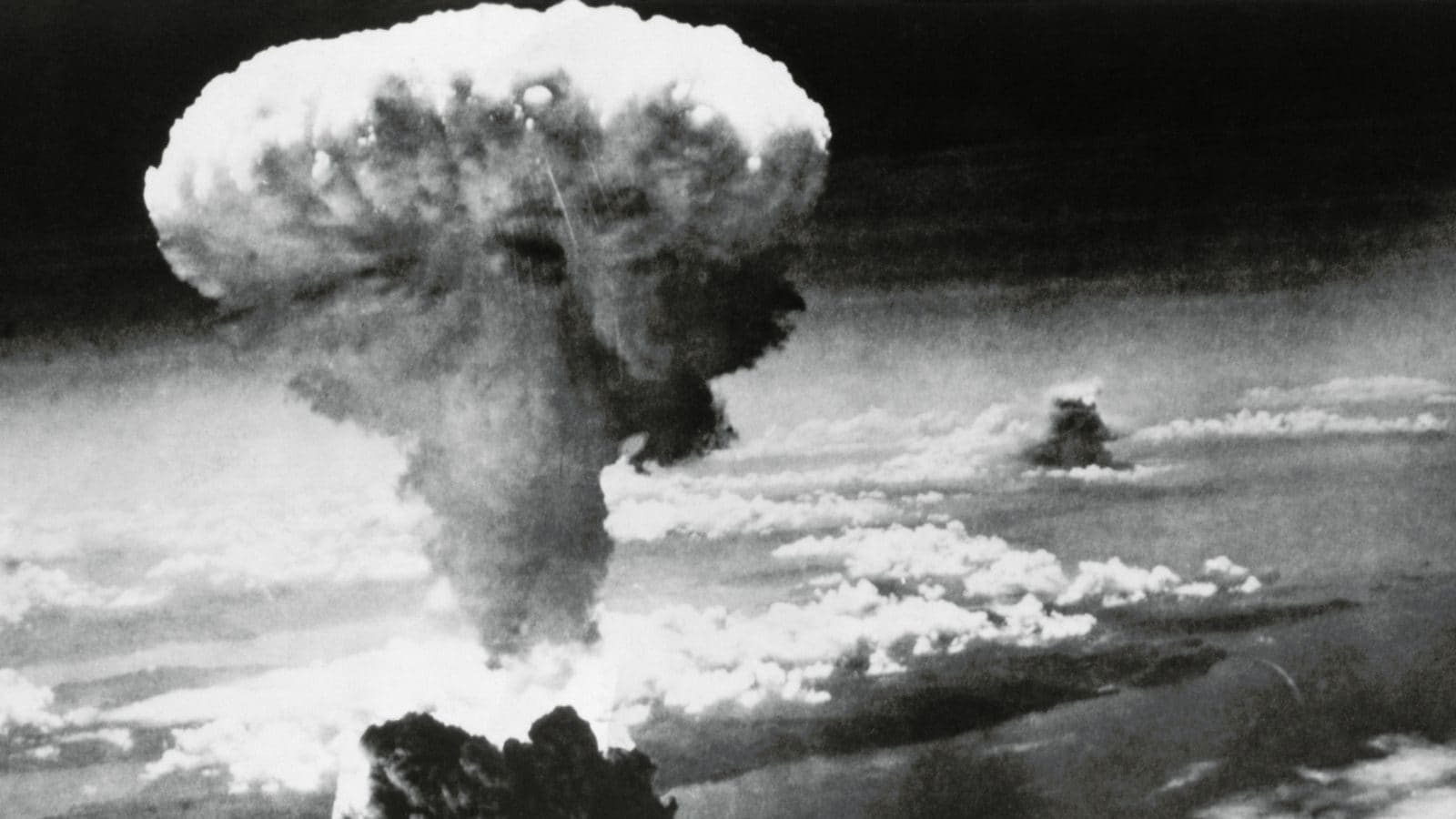
(Shutterstock)
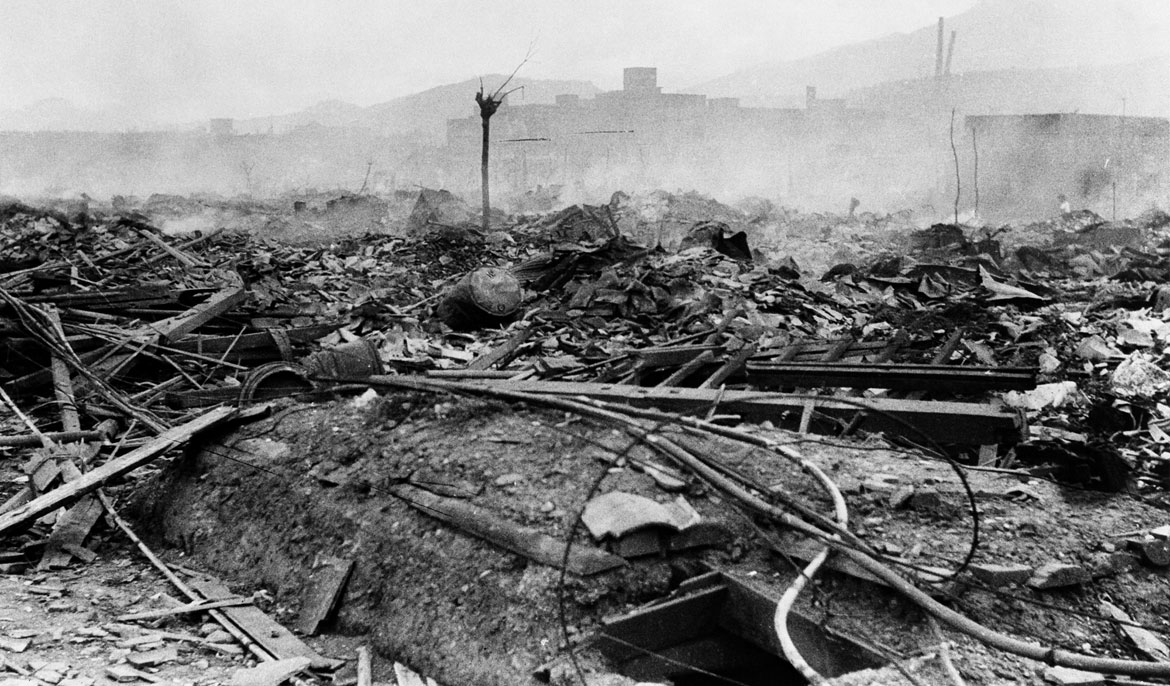
(Yamahata)
The blaze leveled part of the city and resulted in 80,000 deaths. It destroyed approximately 30% of the city's population, which caused casualties later due to radiation exposure.
(Vaughn)
On August 10, 1945, the Japanese government indicated that it would accept defeat on certain conditions. 4 days later, Japan finally accepted the unconditional surrender. The following day was declared “Victory over Japan ''. It was not until September 2nd that the Japanese surrender paper was signed.
(The Atomic Bomb That Ended The Second World War)
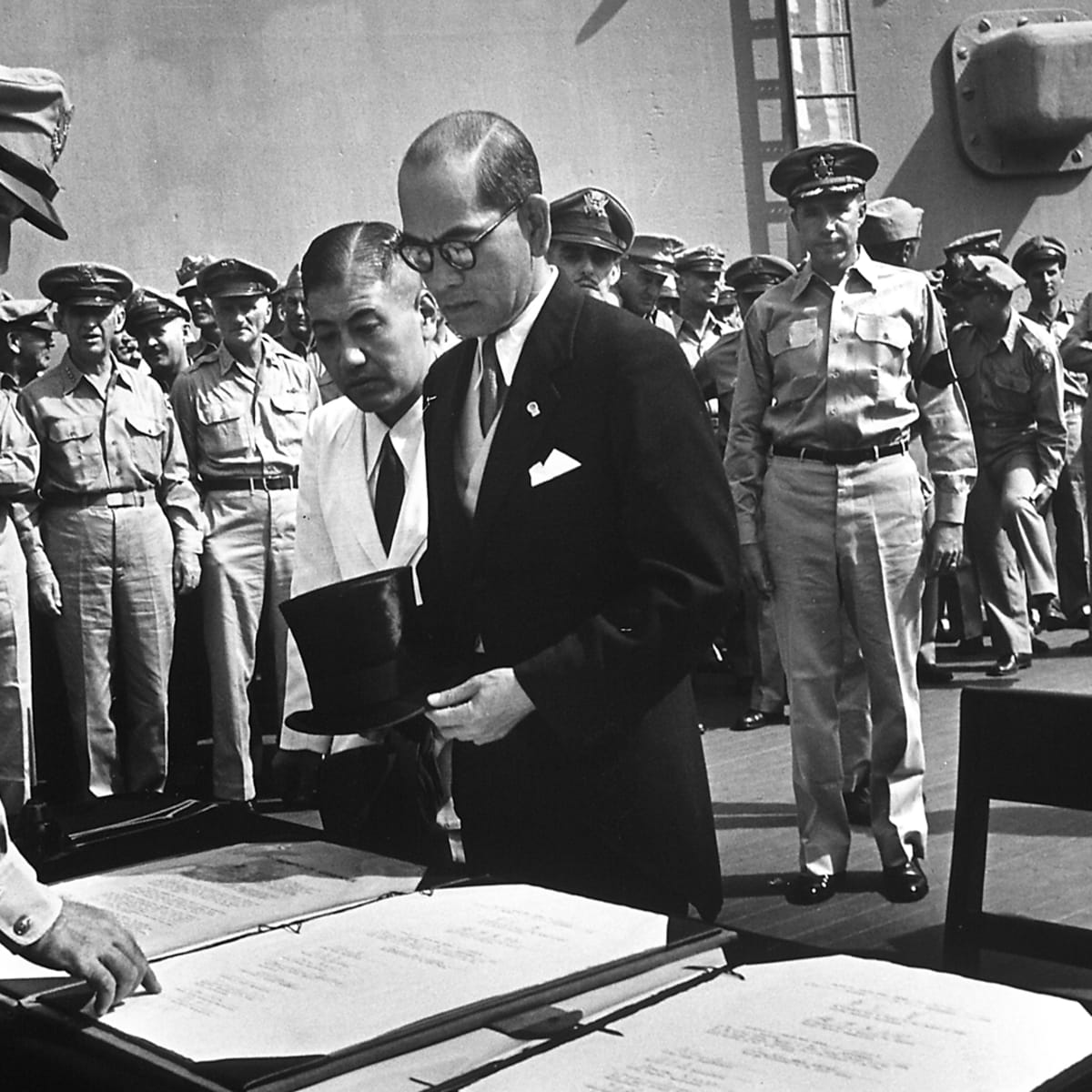
(Mydans)
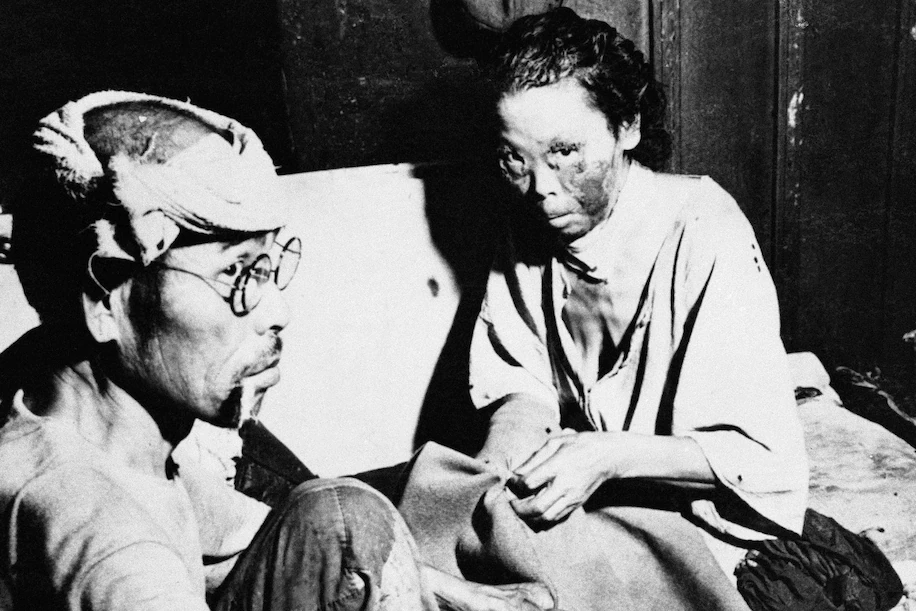
(AP)
The effects lasted decades, people suffered from rising rates of leukemia. Most of the survivors suffered from cancer at a high rate. Pregnant women had higher rates of miscarriage and deaths among their infants.
(Hiroshima and Nagasaki bombing)
The bombing of Hiroshima and Nagasaki started the arms race between two superpowers to amass the most powerful nuclear weapon with the most effective delivery time leading to the cold war.
(Reasons for the cold war)
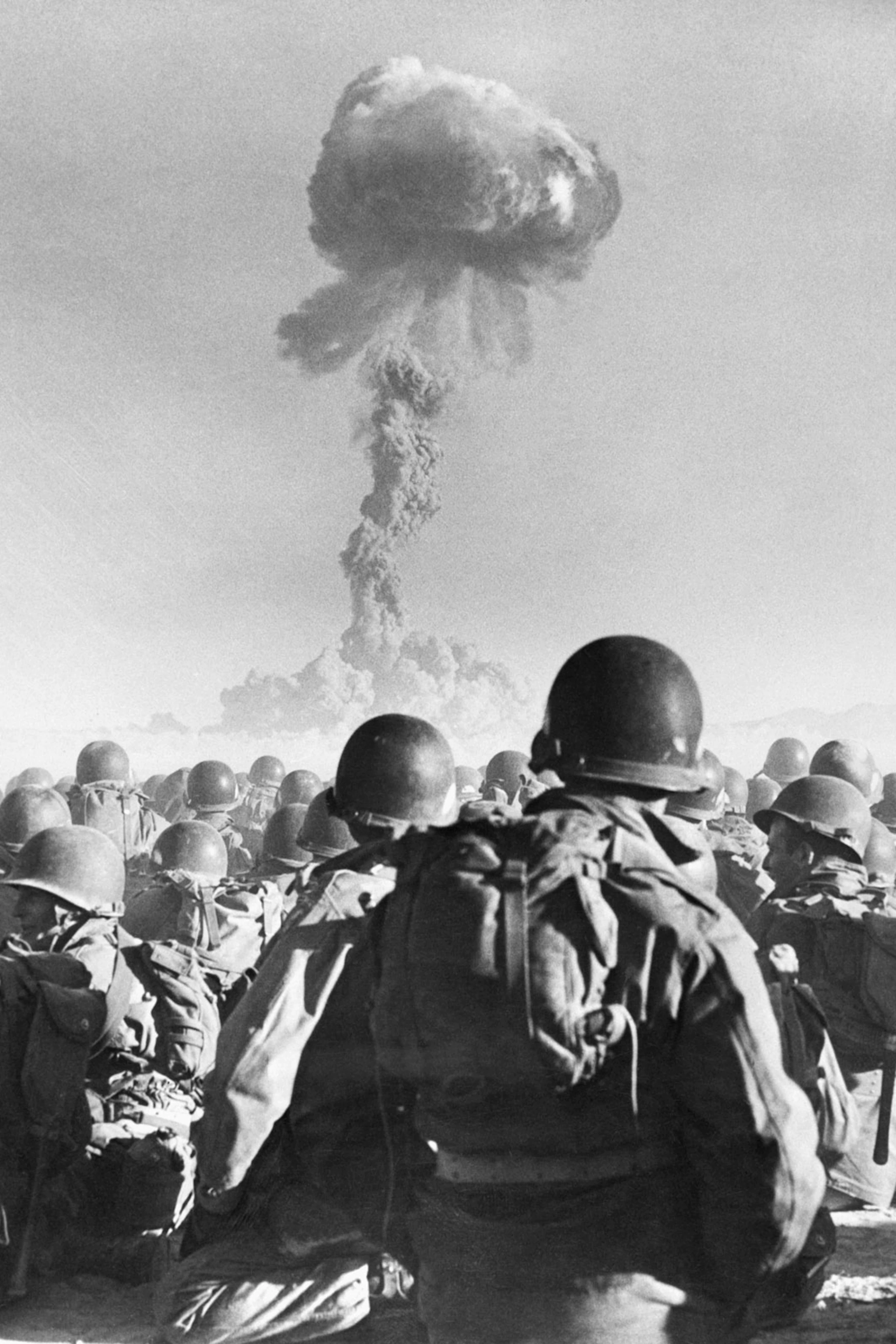
(Getty)